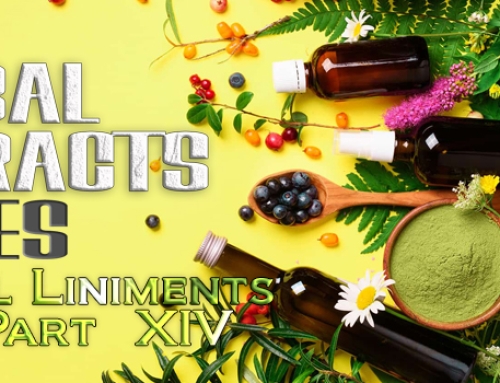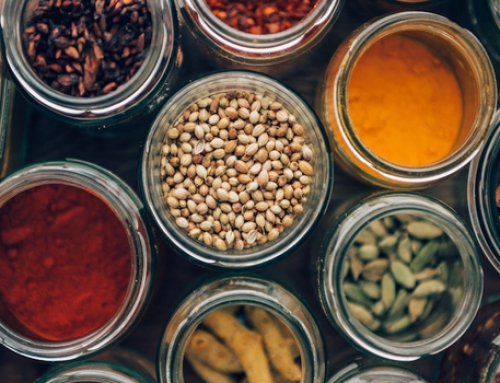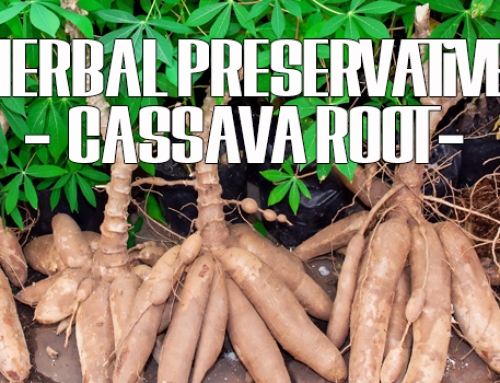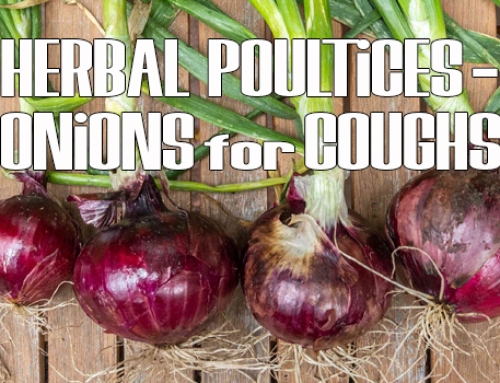Equipment Needed
-
Quart-sized jar with a lid
-
Parchment paper or wax paper (If using a metal lid, not needed if using a plastic lid)
Ingredients to Put Together
- 1 cup Rama holy basil
- 1 cup damiana leaf
- 3-plus cups organic apple cider vinegar
- Raw, local, organic honey, or organic sugar
Mixing Instructions
Here’s the basic process:
- Put chopped ingredients in a clean quart jar and cover them with a fermentation weight.
- Pour vinegar over them until they’re well covered.
- Cover jar with a lid and store in a cool, dark place for 3-5 weeks.
- Strain out the herbs and drink up!
Instructions
- Put holy basil and damiana leaf in a sterilized quart-size jar.
- Cover with apple cider vinegar, making sure to cover the herbs completely.
- Seal jar tightly with a nonreactive lid or place wax paper or plastic wrap between jar and a metal lid to avoid a reaction with the vinegar.
- Set jar on the counter. Shake twice daily.
- For drinking vinegar or cocktail/mocktail shrub infuse 1-2 weeks to achieve the flavor you like. For herbal preparations, infuse 6-8 weeks.
- Strain through cheesecloth (you may need more than one layer). Compost basil and damiana leaf.
- For every 1/2 cup infused vinegar, whisk in 1 Tbsp. honey or sugar. Add more to taste.
- Store in a sealed jar in the refrigerator. Remember to label jar with contents and date. Stored in refrigerator, shelf life is up to six months.
- Take as a tonic by the tablespoon or shot glass.
Adaptogenic holy basil, or tulsi, has been revered in India for its health and wellness attributes for thousands of years and is considered one of the most cherished and sacred healing botanicals. Ancient Ayurvedic texts describe it as an earthly manifestation of the goddess Tulasi and a pillar of holistic herbal medicine. Tulsi, especially the Krishna and the Rama varieties, lends itself well to sipping vinegars. These cousins to sweet basil have peppery, lemony leaves and undertones of clove and licorice, which make them a good match for vinegars. Krishna is particularly popular in wellness formulations and Rama is known for its cooling qualities and mellow flavor.
HOW & WHEN TO USE: Many people take 1-2 tablespoons or one shot throughout the fall/winter months to support immune function, or every three to four hours if cold and flu symptoms are present.
Here are some more ways to use it:
- As a “wellness shot” – I actually love the taste, so I put about 1 oz. in a shot glass to drink straight up. You can also add extra honey if you’d like!
- Added to herbal tea – If I’m feeling congested I put couple of tablespoons in lemon ginger tea and then breathe in the steam as I sip.
- Mixed with water – If you don’t feel like making herbal tea, just mix it to taste with hot water and honey.
- In juice – For little ones, mix a small amount into freshly-pressed orange juice or lemonade
- As a marinade – It’s delicious with beef or chicken.
- As salad dressing – Mix with olive oil and honey to make a yummy vinaigrette.

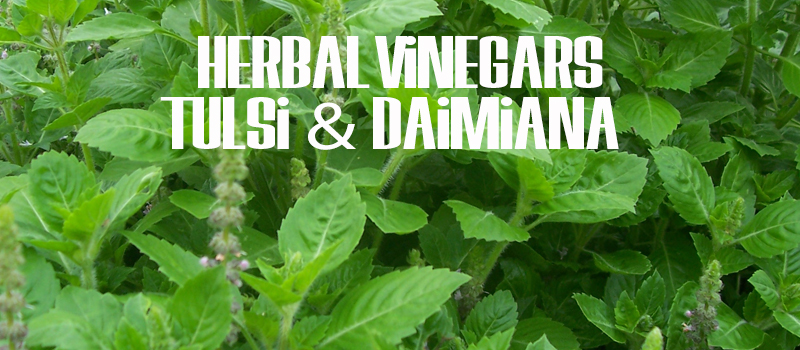
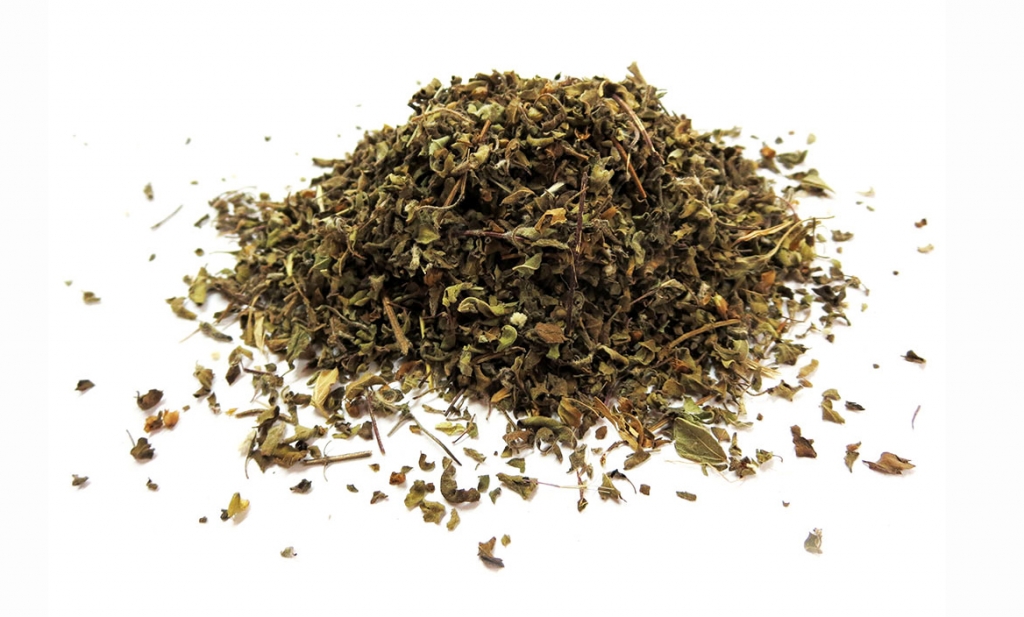 The recipes below use “cold” preparation methods. You’ll note that we recommend organic apple cider vinegar for the drinking vinegar recipe, but you can use any vinegar you like, although you may want to be strategic in using strongly flavored ones like balsamic so they don’t overwhelm the other flavors. The sweetener you use is also up to you. I love the mix of apple cider vinegar and raw honey for wellness-focused herbal formulations; I tend to take them by the spoonful as a tonic or mix them with sparkling water and I appreciate the honey flavor. But organic white sugar, brown sugar, powdered sugar, agave syrup, maple syrup, etc. are all acceptable.
The recipes below use “cold” preparation methods. You’ll note that we recommend organic apple cider vinegar for the drinking vinegar recipe, but you can use any vinegar you like, although you may want to be strategic in using strongly flavored ones like balsamic so they don’t overwhelm the other flavors. The sweetener you use is also up to you. I love the mix of apple cider vinegar and raw honey for wellness-focused herbal formulations; I tend to take them by the spoonful as a tonic or mix them with sparkling water and I appreciate the honey flavor. But organic white sugar, brown sugar, powdered sugar, agave syrup, maple syrup, etc. are all acceptable.